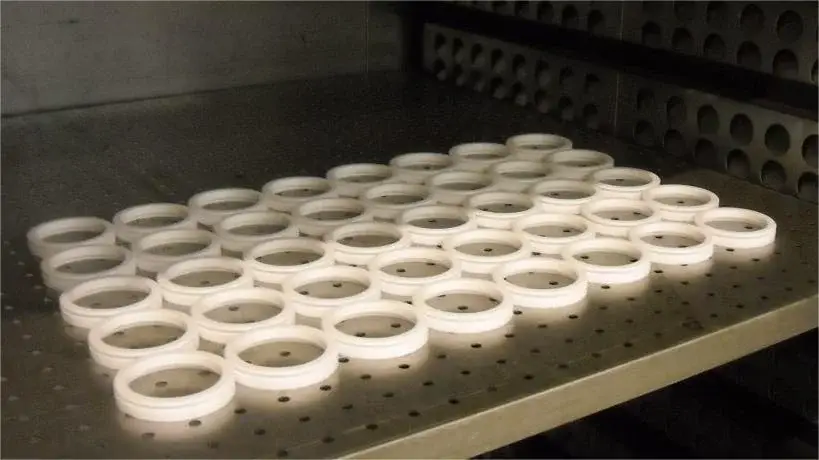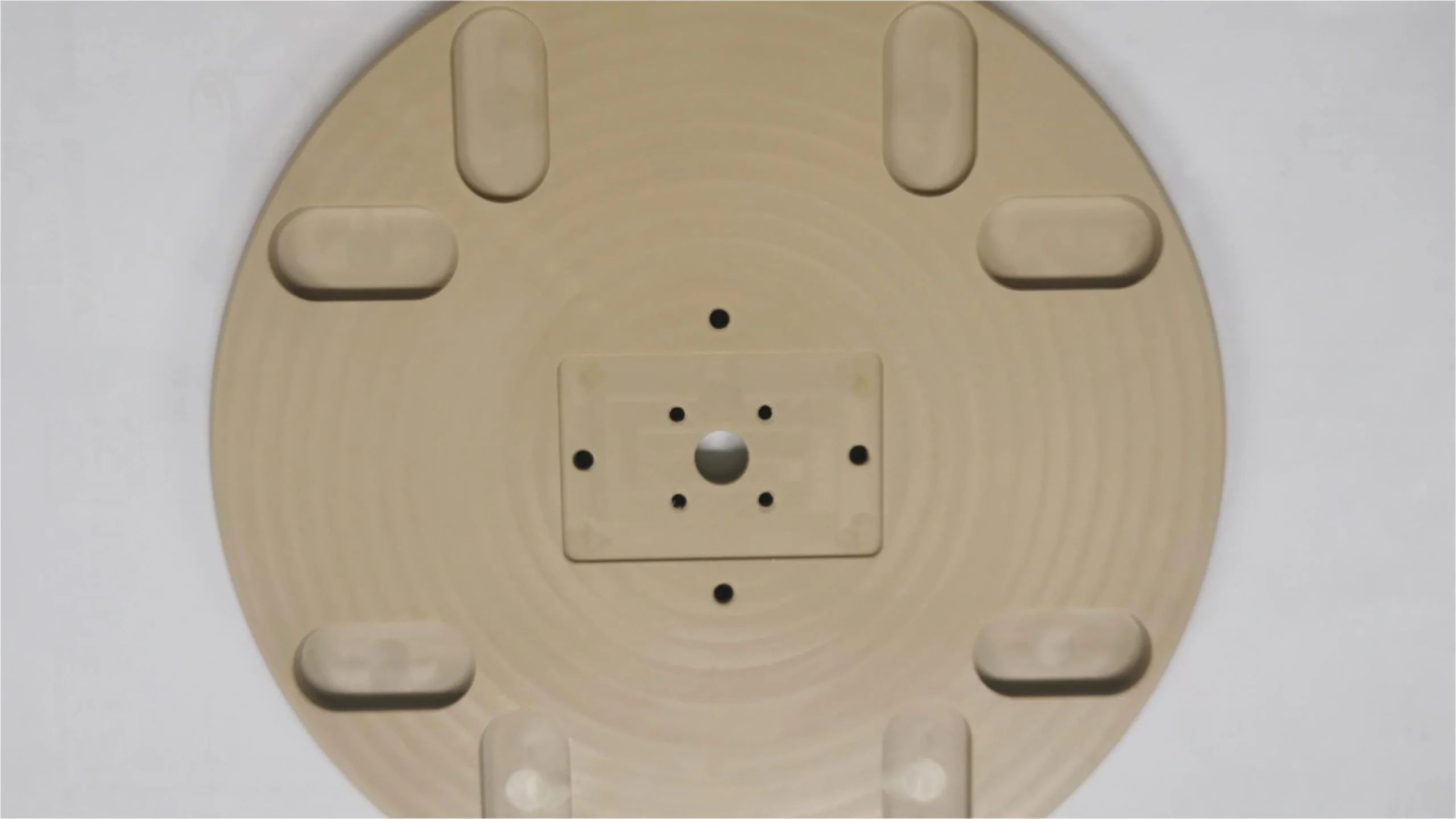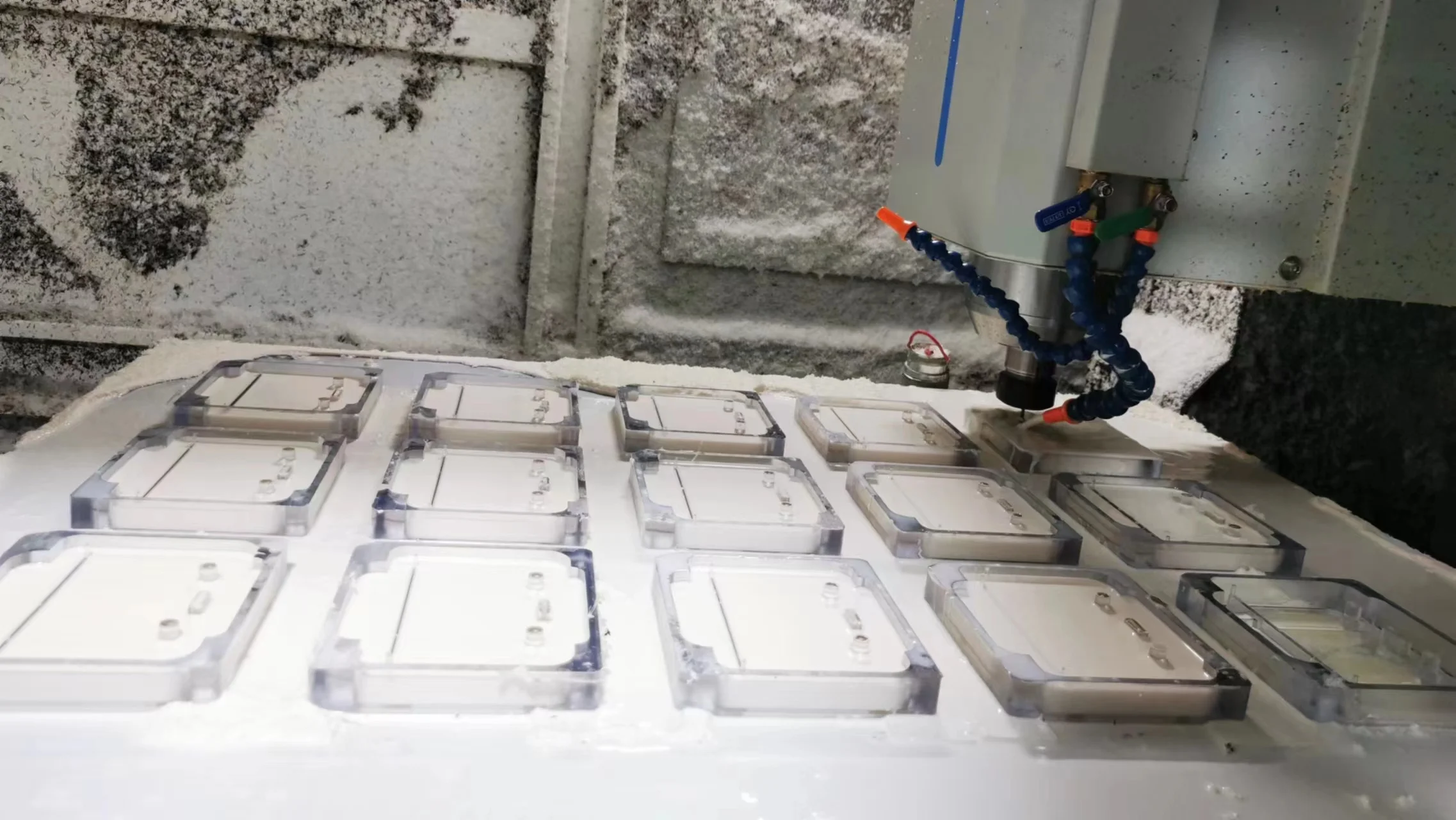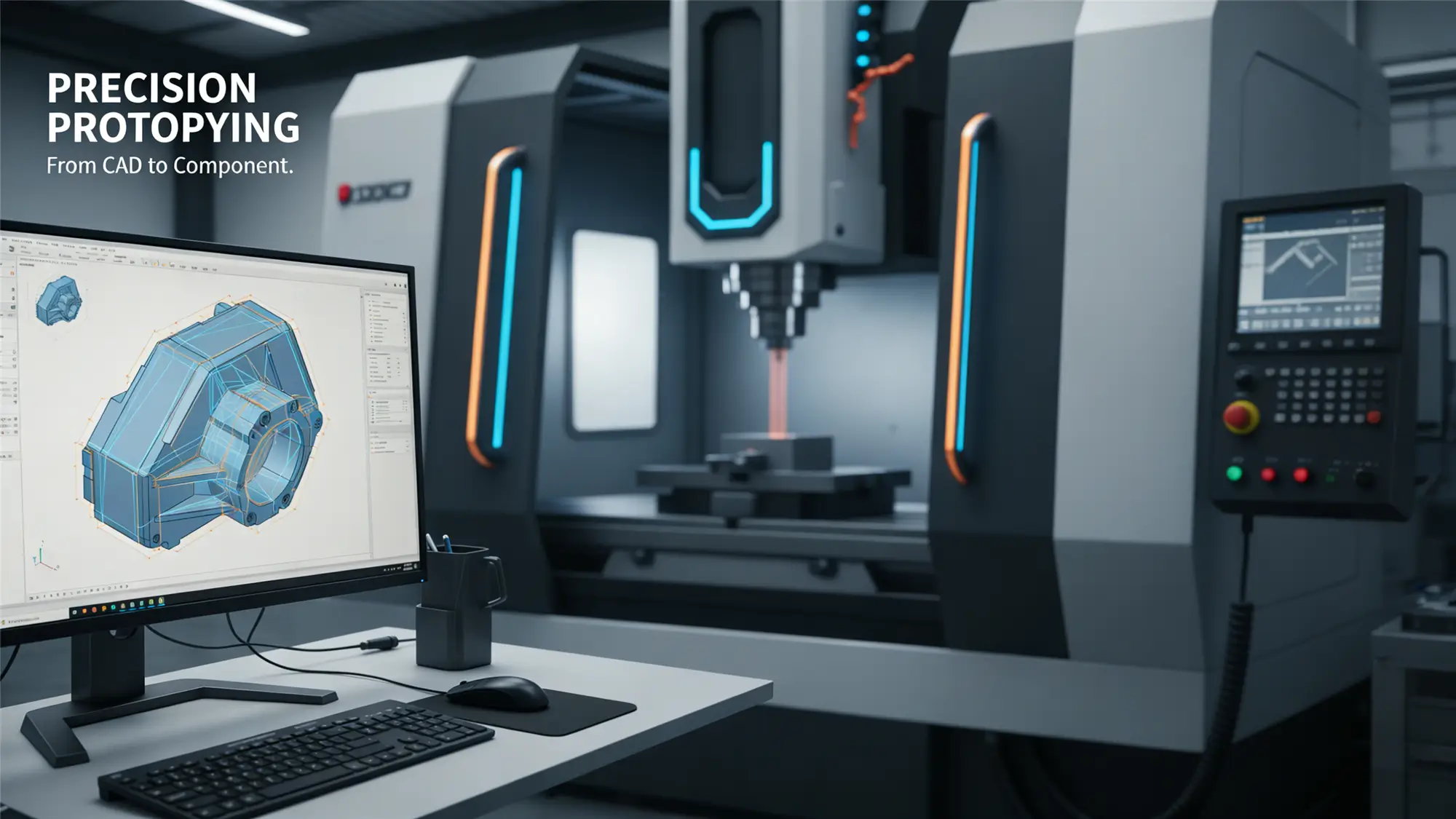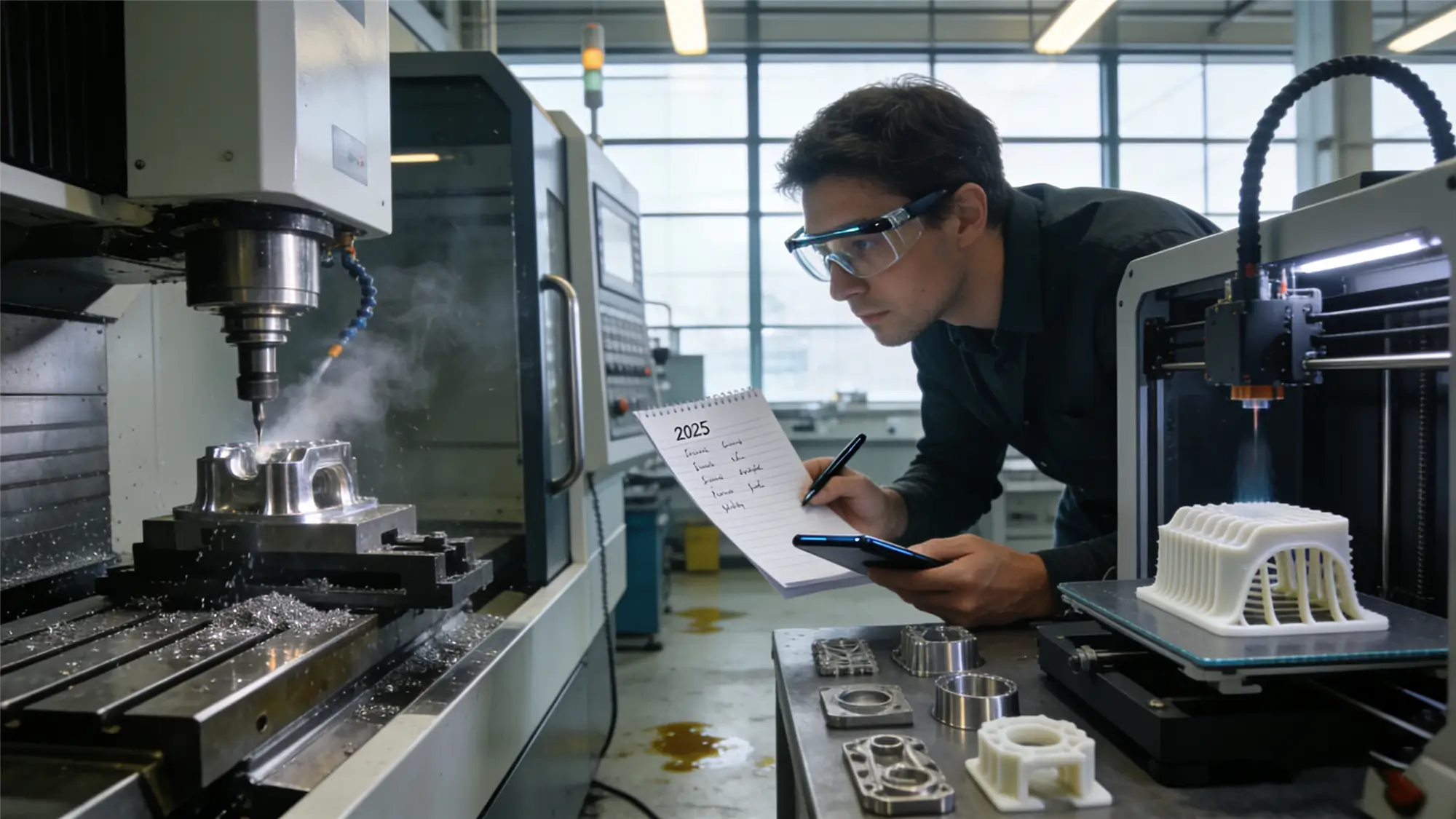Table of Contents
Plastic CNC machining is a process whereby computer-controlled machines cut and shape plastic materials into precise parts. It is widely used in the manufacture of prototypes, complex assemblies, and custom parts in industries ranging from medical to aerospace. With so many options available, understanding the properties of each plastic can simplify your decision-making process.
Can Plastic Be CNC Machined?
Absolutely. Many plastics can be processed with CNC technology, providing manufacturers with excellent flexibility. Materials such as acrylic, nylon, and PEEK are popular for their durability, processability, and wide range of applications. The key is choosing the right plastic for the specific needs of your project.
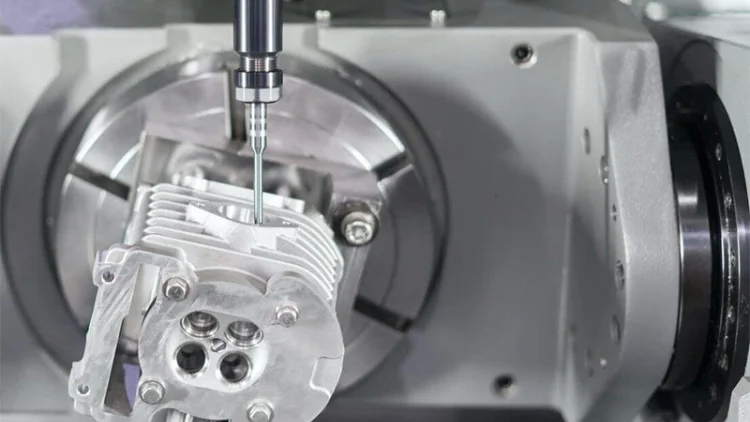
Plastics for CNC Machining
Different plastics have different properties, such as strength, flexibility, chemical resistance, and high-temperature resistance. Here are some of the most commonly used plastics in CNC machining:
ABS
ABS is widely chosen for its toughness and impact resistance. Its strength and durability under mechanical stress make it a go-to material for structural applications. It’s also highly resistant to abrasion, which means parts made from ABS can endure rough handling and high-wear conditions. However, ABS is more prone to warping during machining due to internal stresses, so care must be taken with the cutting speed and tool sharpness. Applications include automotive parts, appliance housings, and 3D printing.
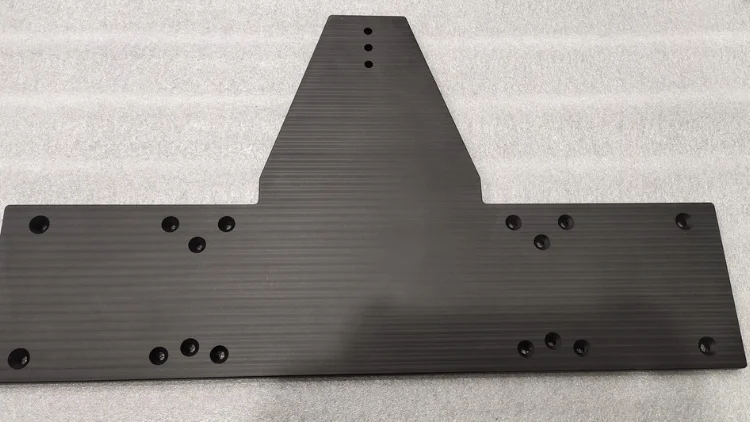
Nylon
Nylon’s excellent wear resistance and low friction make it ideal for moving parts like gears and bushings. Additionally, its moisture absorption properties can affect dimensional stability, so it’s important to consider the operating environment, especially in humid conditions. Nylon also has high fatigue resistance, making it suitable for components that experience repetitive loading. It is commonly used in industrial applications such as conveyor belts, machine components, and fasteners.
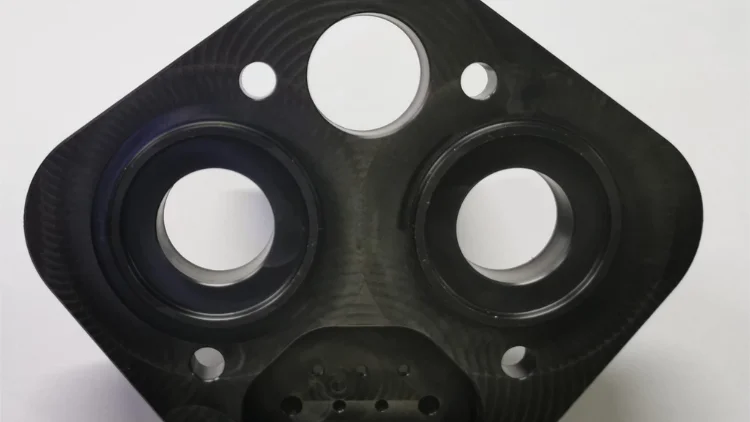
Acrylic (PMMA)
Acrylic is widely appreciated for its optical clarity and resistance to UV light, making it suitable for outdoor applications. However, it is more brittle compared to polycarbonate, so careful machining is required to avoid cracks and chips, particularly at high cutting speeds. Post-processing techniques, like flame polishing, can enhance its optical properties further, giving it a crystal-clear finish. Common uses include signage, light diffusers, and architectural glazing.
POM
POM, also known as Delrin, is a highly versatile engineering plastic known for its excellent mechanical properties. It boasts high stiffness, low friction, and superior dimensional stability, which makes it ideal for precision parts requiring tight tolerances.
Furthermore, POM has excellent fatigue resistance, which means it can endure repeated stress without deforming, making it a favorite for high-wear applications. Its low moisture absorption and resistance to a wide range of solvents and oils add to its utility in environments where exposure to chemicals is a concern. Typical applications include automotive components, such as fuel system parts, mechanical gears, and bearings.
HDPE
HDPE is a strong and versatile plastic known for its high impact resistance and chemical durability. In addition, HDPE can withstand exposure to a variety of chemicals, making it highly resistant to corrosion from acids, alkalis, and solvents. It’s often used in piping systems and large-scale industrial containers because it doesn’t absorb moisture and retains its structural integrity over long periods.
Another key feature is its excellent impact resistance, which makes it suitable for outdoor use where parts may experience stress or impacts, even at low temperatures. HDPE is often used for piping systems, containers, plastic lumber, and playground equipment.
LDPE
LDPE is softer and more flexible than HDPE, providing greater flexibility where needed. Its lower density means it’s more malleable and stretchable, making it ideal for thin-walled or flexible applications like packaging. Despite its flexibility, LDPE maintains excellent resistance to acids and bases, making it suitable for use in chemical storage containers and tubing.
However, it is not as strong or temperature-resistant as HDPE, limiting its application in heavy-load environments. Common uses include plastic bags, tubing, containers, and flexible bottle caps.
PTFE
PTFE, commonly known by the brand name Teflon, is well known for its incredibly low friction and non-stick properties. It is often used in high-temperature environments as it can withstand temperatures up to 260°C (500°F) without losing its properties. Another key advantage is its chemical inertness, meaning it resists nearly all chemicals, making it suitable for sealing applications in corrosive environments.
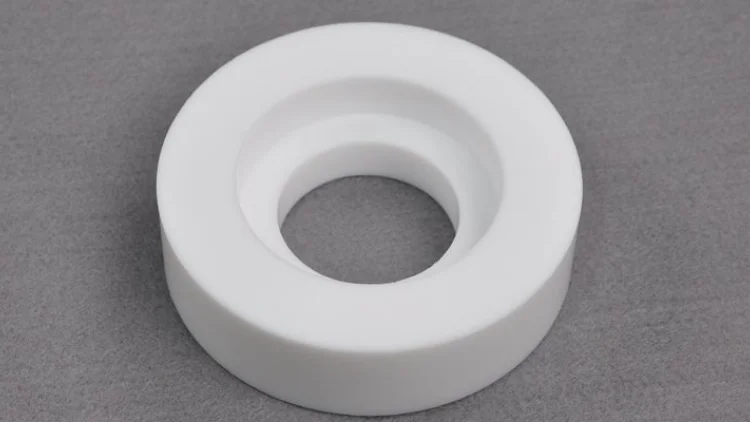
PTFE also boasts a very low coefficient of friction, so it’s often found in sliding applications such as bearings, bushings, and gears where reducing wear is crucial. Typical applications include seals, gaskets, non-stick cookware coatings, and electrical insulation.
PEEK
PEEK is a high-performance thermoplastic renowned for its mechanical strength, high heat tolerance (up to 260°C/500°F), and exceptional chemical resistance. What makes PEEK unique is its ability to maintain its properties in harsh environments, such as high temperatures or exposure to aggressive chemicals. It’s lightweight compared to metals, which makes it highly desirable for weight-sensitive applications.
PEEK also exhibits low moisture absorption, adding dimensional stability in humid or wet conditions. Due to its superior performance, it’s extensively used in critical applications where material failure is not an option, such as in aerospace components, medical implants, and high-stress industrial machinery parts. However, its high cost often limits its use to specialized, high-demand industries.
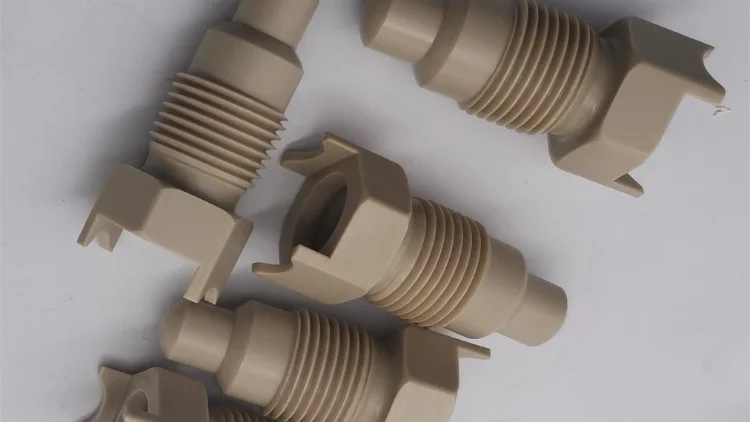
Polycarbonate
Polycarbonate is a strong, transparent material often chosen for its outstanding impact resistance and optical clarity. Compared to acrylic, it’s much more shatter-resistant, making it ideal for safety-critical applications. It can also withstand extreme forces without cracking, which is why it’s commonly used in riot shields, safety goggles, and machine guards.
In addition, polycarbonate has good heat resistance and is flame retardant, which adds to its appeal in electrical and electronics applications. Although it can scratch more easily than some other plastics, post-processing techniques like hard coating can improve its durability. Common uses include eyewear lenses, bulletproof glass, and greenhouse panels.
Polyethylene
Polyethylene, available in a variety of densities, offers great versatility in CNC machining. For high-impact and chemical resistance, it’s an excellent material, which is why it’s often chosen for applications like cutting boards, containers, and industrial storage tanks.
Different forms of polyethylene, such as HDPE and LDPE, serve various functions—HDPE is rigid and strong, while LDPE is flexible and softer. Its resistance to moisture, coupled with low cost and easy machinability, makes it a go-to for industrial applications. Polyethylene is often used in food processing industries due to its non-toxic nature and ease of cleaning.
PVC
PVC (Polyvinyl Chloride)is a cost-effective and highly durable plastic, offering excellent resistance to chemical corrosion and water. Its ability to withstand UV exposure and weathering makes it suitable for outdoor use, particularly in construction and piping. Additionally, it is self-extinguishing, meaning it does not easily catch fire, which is a huge benefit for applications in electrical insulation and building materials.
PVC is also relatively easy to machine and weld, which makes it a popular choice for plumbing pipes, window frames, and other construction components. However, machining PVC requires proper ventilation due to the release of potentially harmful gases when heated.
What Plastic is Best for Machining?
The best plastic for CNC machining depends on the specific requirements of the project, such as mechanical properties, chemical resistance, and temperature tolerance. For general-purpose applications, materials like ABS and nylon are excellent choices due to their balance of toughness and machinability.
If you’re looking for high precision and dimensional stability, POM (Delrin) is often the go-to, especially for components like gears and mechanical parts.
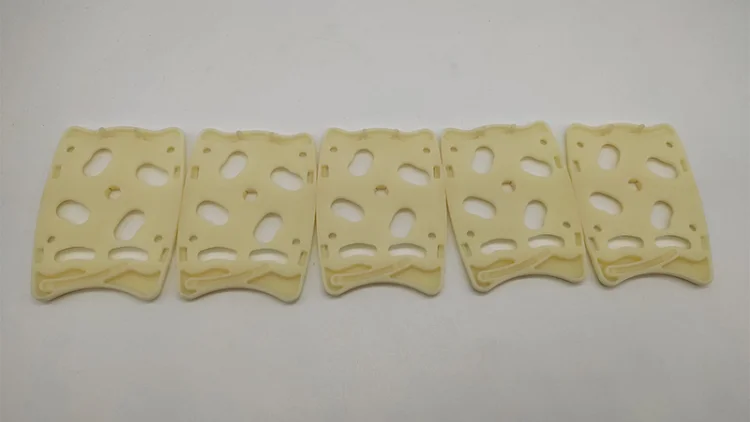
For more demanding environments, PEEK stands out as one of the most robust thermoplastics available, offering exceptional heat resistance and durability. However, its high cost makes it suitable only for critical applications, such as aerospace or medical parts.
Acrylic is often chosen for aesthetic components requiring optical clarity, while polycarbonate provides similar transparency with higher impact resistance, ideal for safety applications.
Plastic CNC Machining Methods
There are several methods used for machining plastic materials, each with its advantages depending on the type of plastic and the desired part. The most common plastic CNC machining methods include:
Milling
CNC milling is ideal for creating complex shapes, pockets, and holes in plastic materials. It works particularly well with plastics like ABS, POM, and nylon, producing precise parts with smooth finishes. Milling is widely used for prototyping and small-batch production.
Turning
CNC turning is used to machine plastic rods or tubes into cylindrical shapes. It’s highly effective for making parts like bushings, pulleys, and nozzles. Plastics such as PEEK and Delrin are commonly turned due to their stability and machinability.
Drilling
CNC drilling allows for precise hole placement in plastic materials. It’s often combined with milling or turning processes. Materials like acrylic, nylon, and polycarbonate are frequently drilled for components such as display cases and fasteners.
Routing
CNC routing is typically used for cutting large sheets of plastic into specific shapes. It’s especially useful for plastics like PVC and HDPE in construction or signage applications.
Laser Cutting
Though primarily used for thinner plastic sheets, laser cutting offers extremely fine details and sharp edges. This method is excellent for plastics like acrylic, which benefit from a clean, polished finish without additional processing.
What CNC Machining Process is Most Suitable for Plastics?
The most suitable CNC machining process for plastics typically depends on the part’s design, material type, and required finish. For complex, high-precision parts, CNC milling is often the most suitable method due to its ability to machine a variety of plastics with tight tolerances and smooth surface finishes. It works well for prototypes and functional components made from materials like ABS, nylon, and POM.
Turning is ideal for cylindrical plastic parts, such as shafts and bushings, and is often used with materials like PEEK and PTFE, where dimensional accuracy and chemical resistance are critical. Routing and laser cutting are more appropriate for large, flat plastic sheets or intricate designs, where speed and precision are key factors.
What Are the Common Applications of CNC Plastic Parts?
CNC-machined plastic parts are widely used across numerous industries due to their versatility, precision, and cost-effectiveness. Some of the most common applications include:
Automotive
CNC plastic parts such as gears, bushings, and fasteners are often used in automotive components where lightweight materials are essential. Plastics like POM (Delrin) and nylon provide excellent wear resistance and durability in these applications.
Aerospace
High-performance plastics like PEEK and PTFE are commonly used in the aerospace sector for components that must withstand high temperatures, chemical exposure, and stress. These plastics are essential for weight reduction without sacrificing strength or durability.
Medical Devices
CNC plastic parts are critical in medical devices such as surgical tools, prosthetics, and diagnostic equipment. Plastics like PEEK and medical-grade ABS are biocompatible and provide the necessary precision and sterility required in healthcare applications.
Electronic
The electrical insulation and lightweight properties of plastics like polycarbonate and ABS make them ideal for components such as housings, connectors, and circuit board mounts in electronics manufacturing.
Consumer Products
From enclosures for household appliances to components for sports equipment, CNC plastic parts play a crucial role in the design and functionality of a wide range of consumer products.
Where to Find a Good Provider For Plastic CNC Machining?
Look for a reliable plastic CNC machining supplier and choose Ecoreprap. Ecoreprap has a proven track record of delivering parts that meet industry standards for precision and quality and is ISO certified.
We offer a range of services, from milling and turning to drilling and milling, to suit different plastic materials and design requirements. Whether you need help selecting materials, improving your design, or solving production problems, fill out the form and Ecoreprap will give you professional advice.
Conclusion
Whether using plastic or metal materials, CNC machining is important for producing precise and durable parts. While metal machining is generally better suited for high-strength and high-heat applications, plastic CNC machining offers unmatched flexibility, cost-effectiveness, and material diversity. Plastics are increasingly being chosen for critical applications in industries such as automotive, aerospace, and medical due to their lightweight, chemical resistance, and wear resistance.
As manufacturing technology advances, plastic materials continue to play a key role alongside metals, providing innovative solutions to a variety of design and production challenges.

Lucas is a technical writer at ECOREPRAP. He has eight years of CNC programming and operating experience, including five-axis programming. He also spent three years in CNC engineering, quoting, design, and project management. Lucas holds an associate degree in mold design and has self-taught knowledge in materials science. He’s a lifelong learner who loves sharing his expertise.
